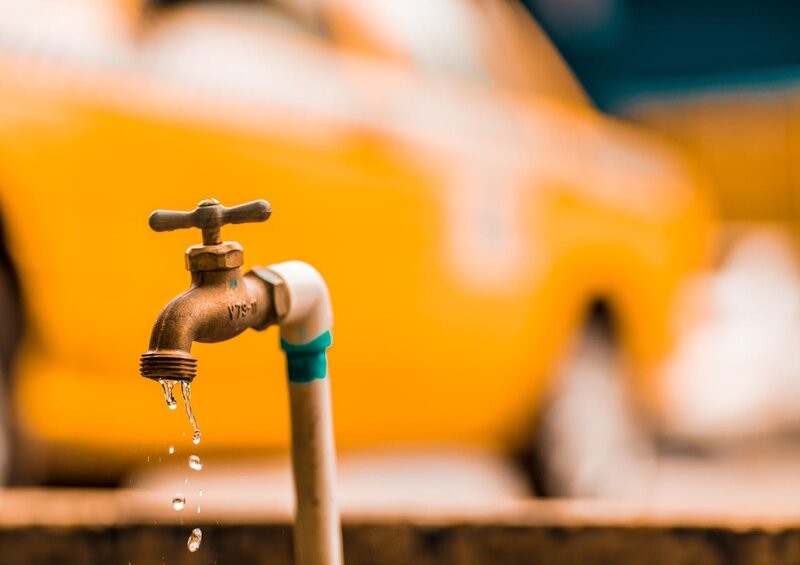Where can you find your stopcock?

Knowing where your stopcock is can save you a lot of trouble, especially during the winter months when freezing temperatures can cause pipes to freeze and burst. A stopcock, also known as a stop valve, controls the flow of water into your home. If a pipe bursts, turning off your stopcock quickly can minimise damage.
However, even with precautions, accidents happen. That’s why having adequate home insurance is just as important as knowing where your stopcock is. A good policy can help cover repair costs and protect against expensive water damage.
Why is knowing where your stopcock is important?
Frozen pipes can expand and burst, causing significant water damage to your home. If this happens, shutting off the stopcock immediately stops the flow of water and limits the damage, giving you time to contact a plumber.
Common locations for stopcocks
You’ll usually find your stopcock in one of the following places:
- Under the kitchen sink - The most common location in many homes.
- Near your water meter - If you have a water meter, the stopcock is often close by.
- In a utility cupboard - Check near your boiler or other water systems.
- Under the stairs - Many homes have it in a storage area here.
- In a basement or cellar - Older properties may have stopcocks located in lower parts of the home.
Tips for finding your stopcock
- Trace your main water pipe - Follow it from where it enters your home.
- Ask for help - If you're renting or new to your home, ask your landlord or neighbours for advice.
- Call a professional - If you can’t locate your stopcock or it’s not functioning properly, a plumber can help.
Testing your stopcock
Test your stopcock to ensure it works properly. Turn it off and on again to confirm it shuts off water flow effectively. If it’s stiff or not functioning, have it repaired or replaced before the winter months.
The important role of home insurance
Even with the best preparation, water damage from burst pipes can be costly. Home insurance is a vital safety net:
- Building insurance - Covers structural damage caused by leaks or flooding.
- Contents insurance - Protects your belongings, such as furniture and electronics, from water damage.
- Accidental damage cover - An optional extra in many policies, this can provide peace of mind if things go wrong unexpectedly.
Check your policy to ensure it covers damage from burst pipes and freezing. If you’re unsure, speak to your insurer to confirm you’re adequately protected.
Preparing for winter
- Insulate your pipes - Use pipe lagging to reduce the risk of freezing.
- Keep your heating on - Maintain a low temperature, even when away, to prevent pipes from freezing.
- Know what to do in an emergency - Familiarise yourself with the location and operation of your stopcock.
- Review your insurance - Ensure your home insurance is up to date and provides adequate cover for winter risks.
Being prepared can save you time, money, and stress. Knowing where your stopcock is and having the right insurance policy in place ensures you’re ready to handle whatever winter throws at you.
